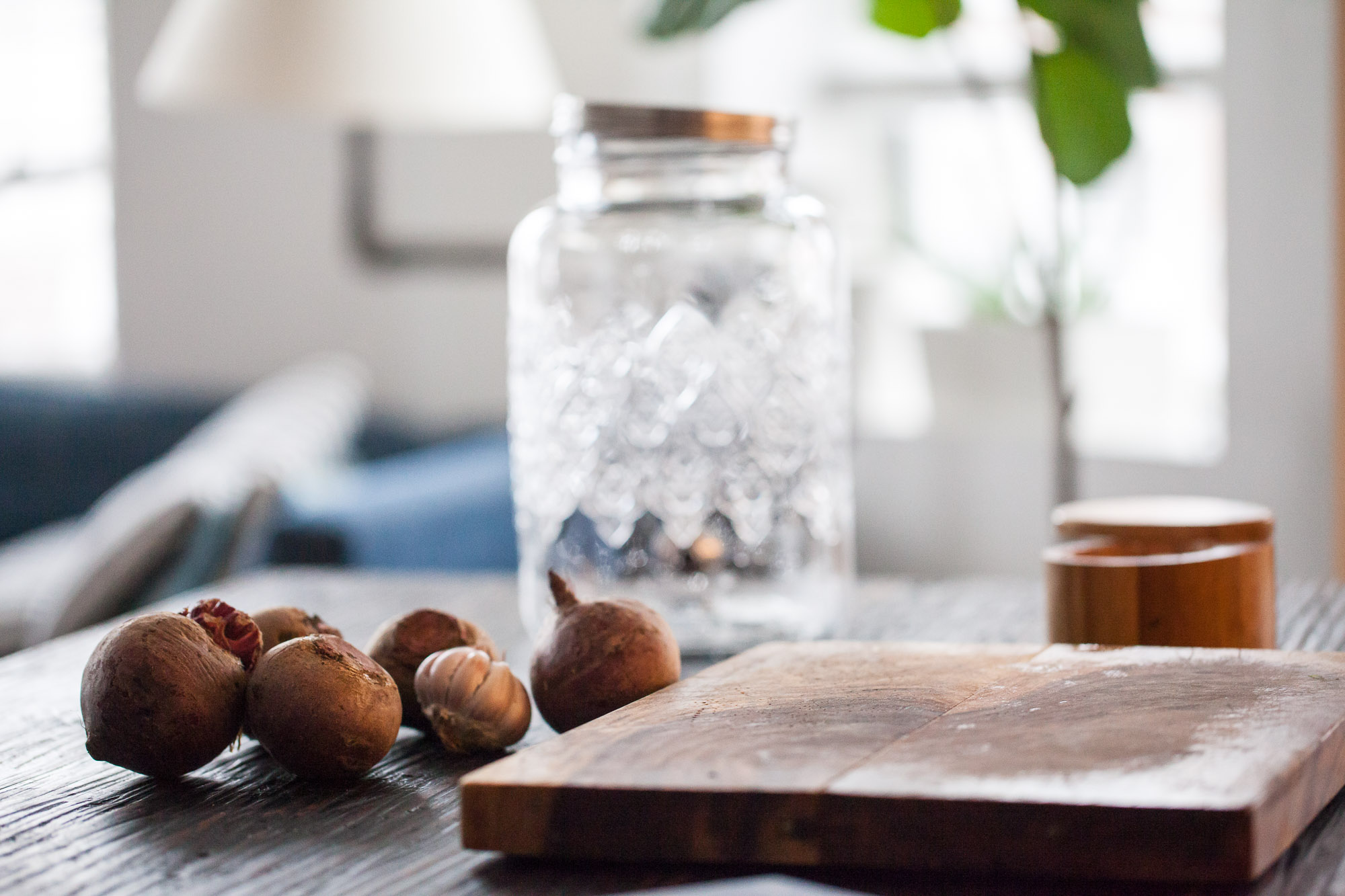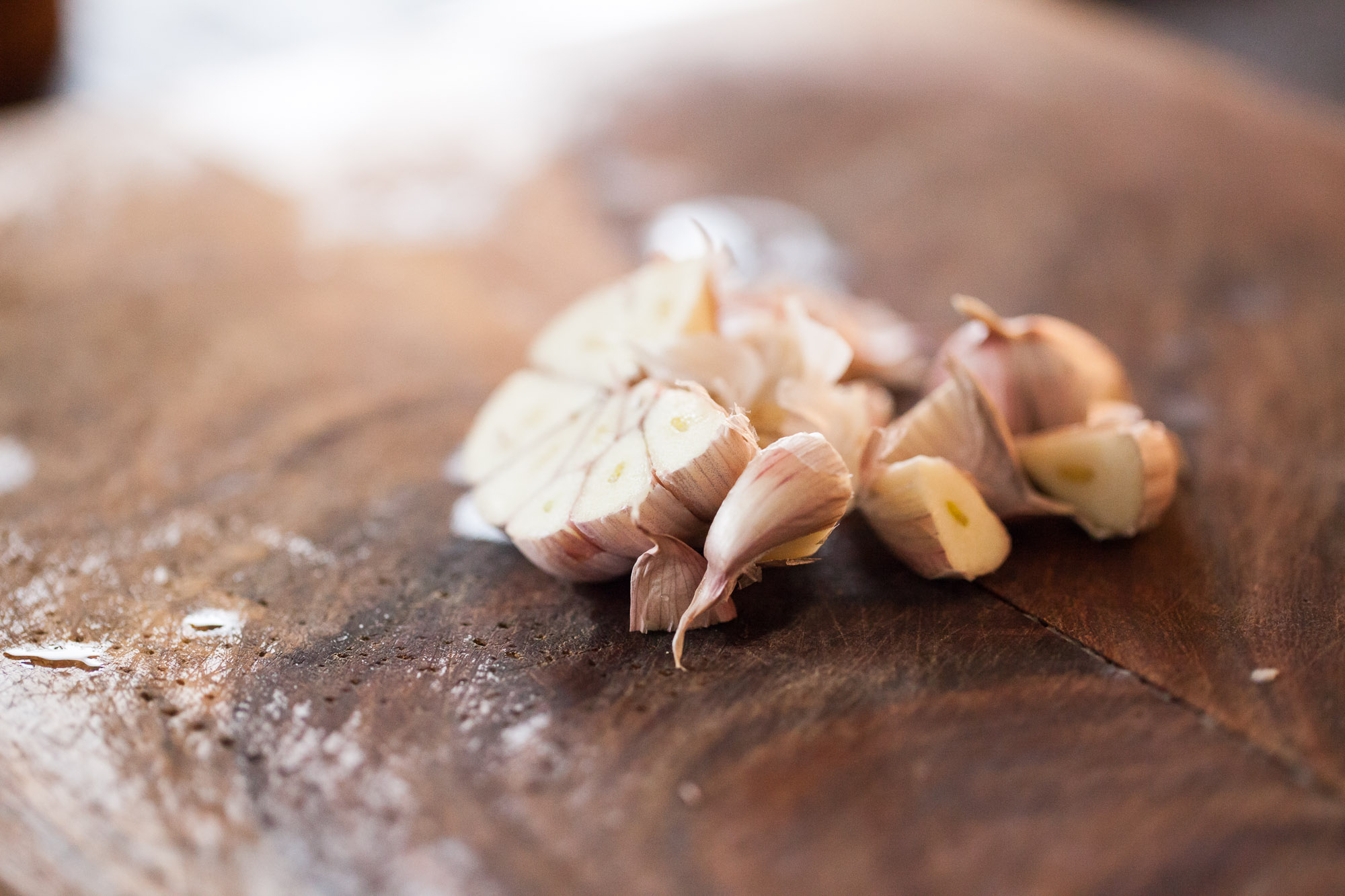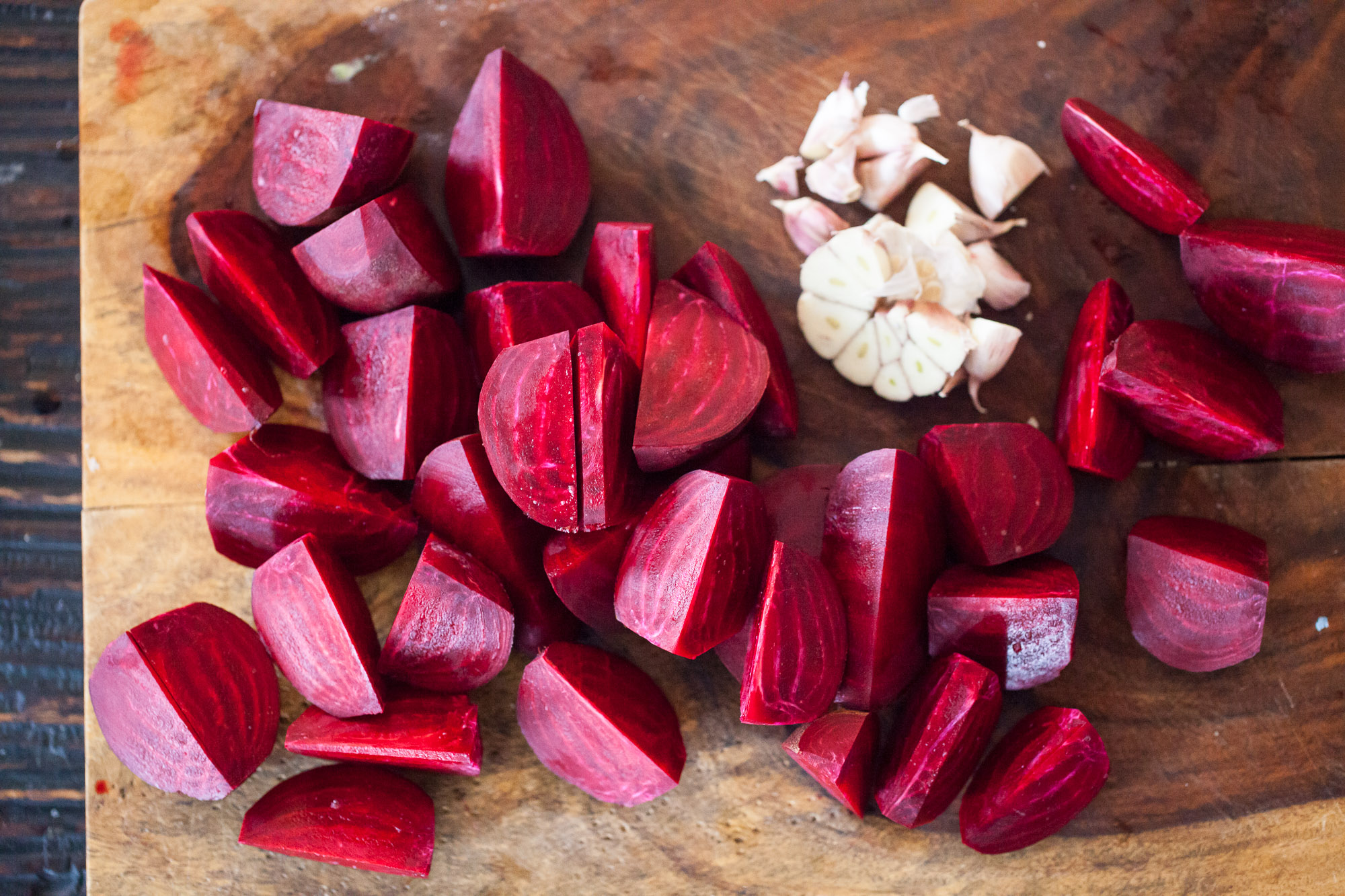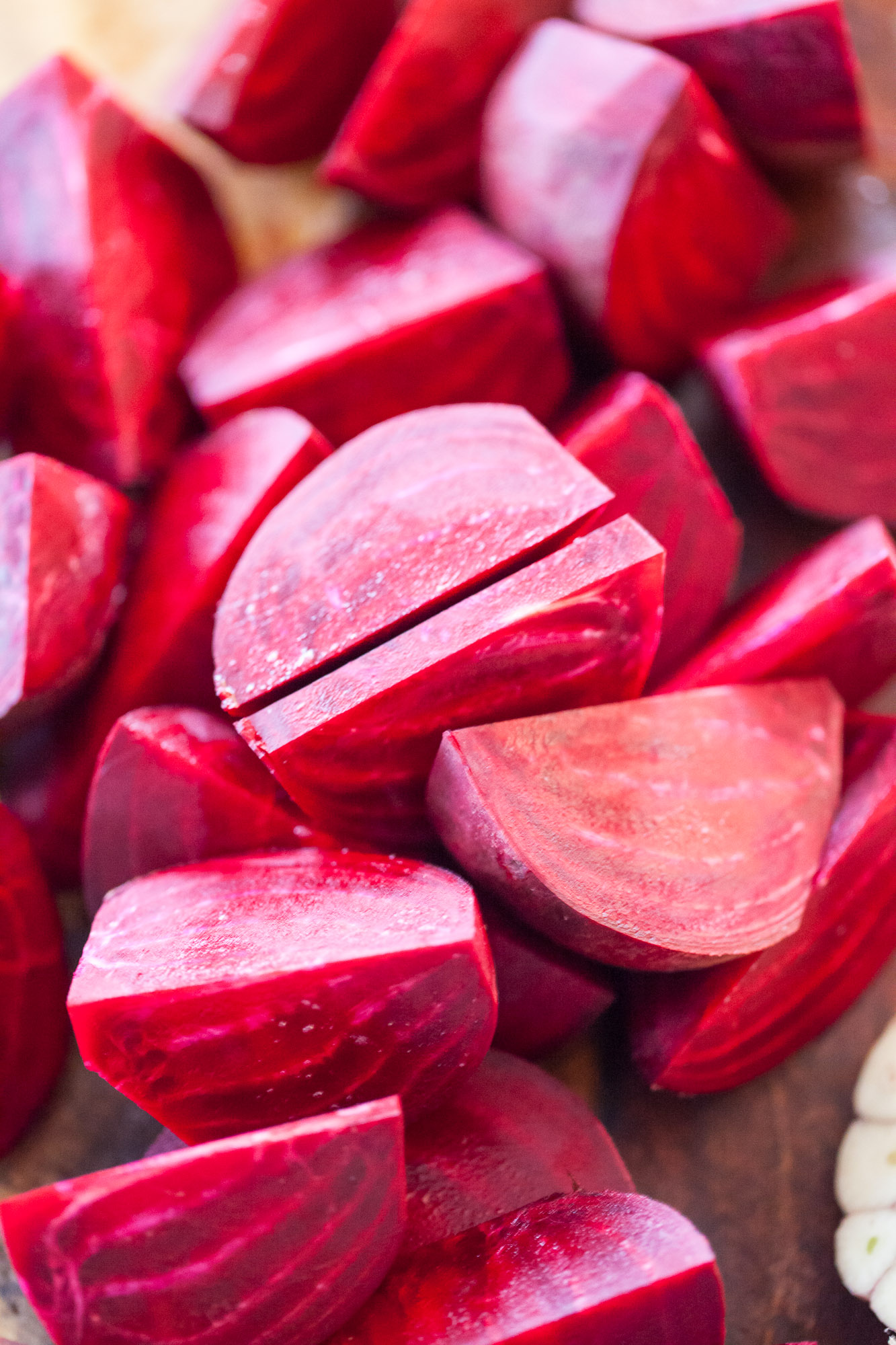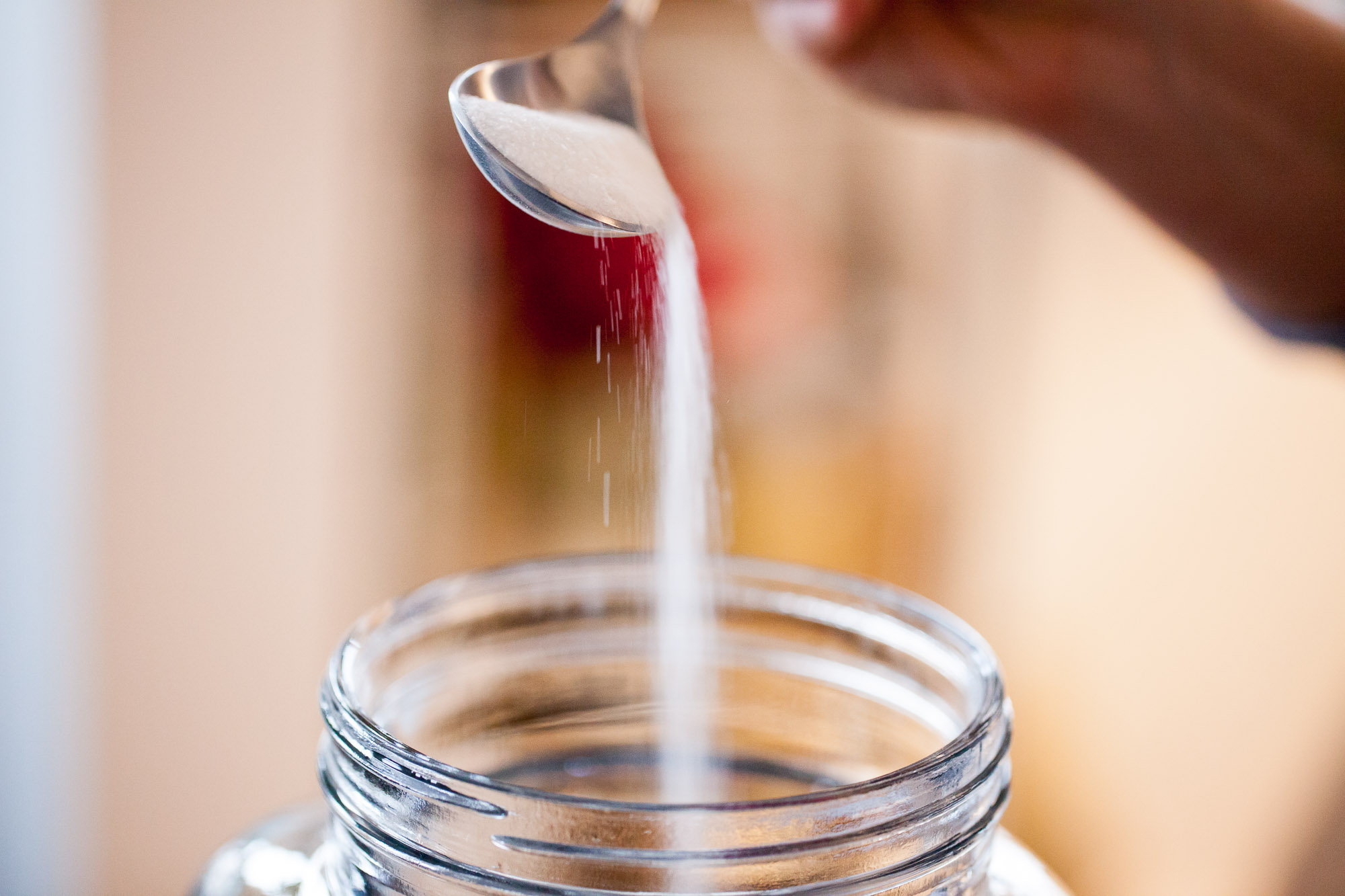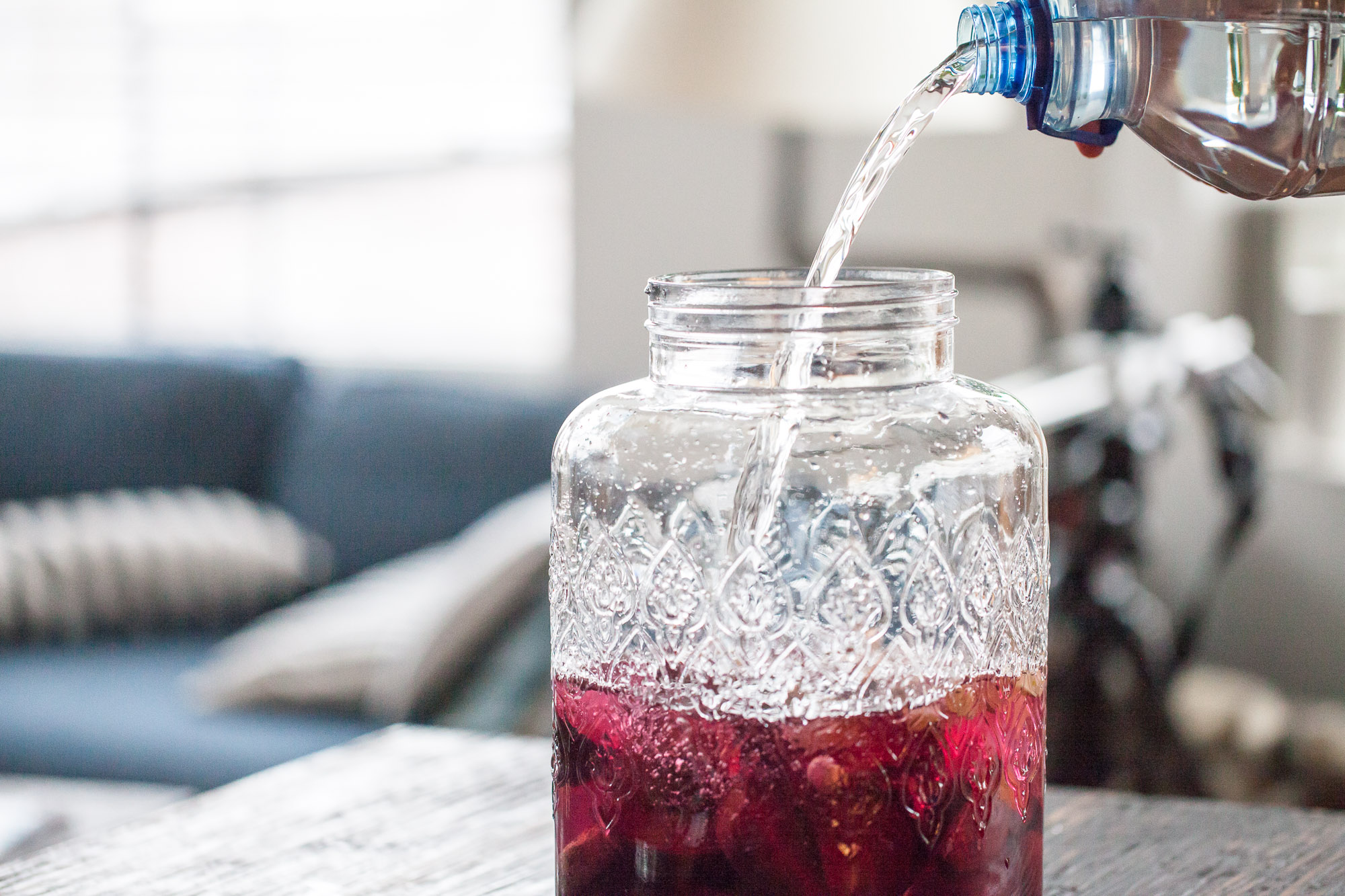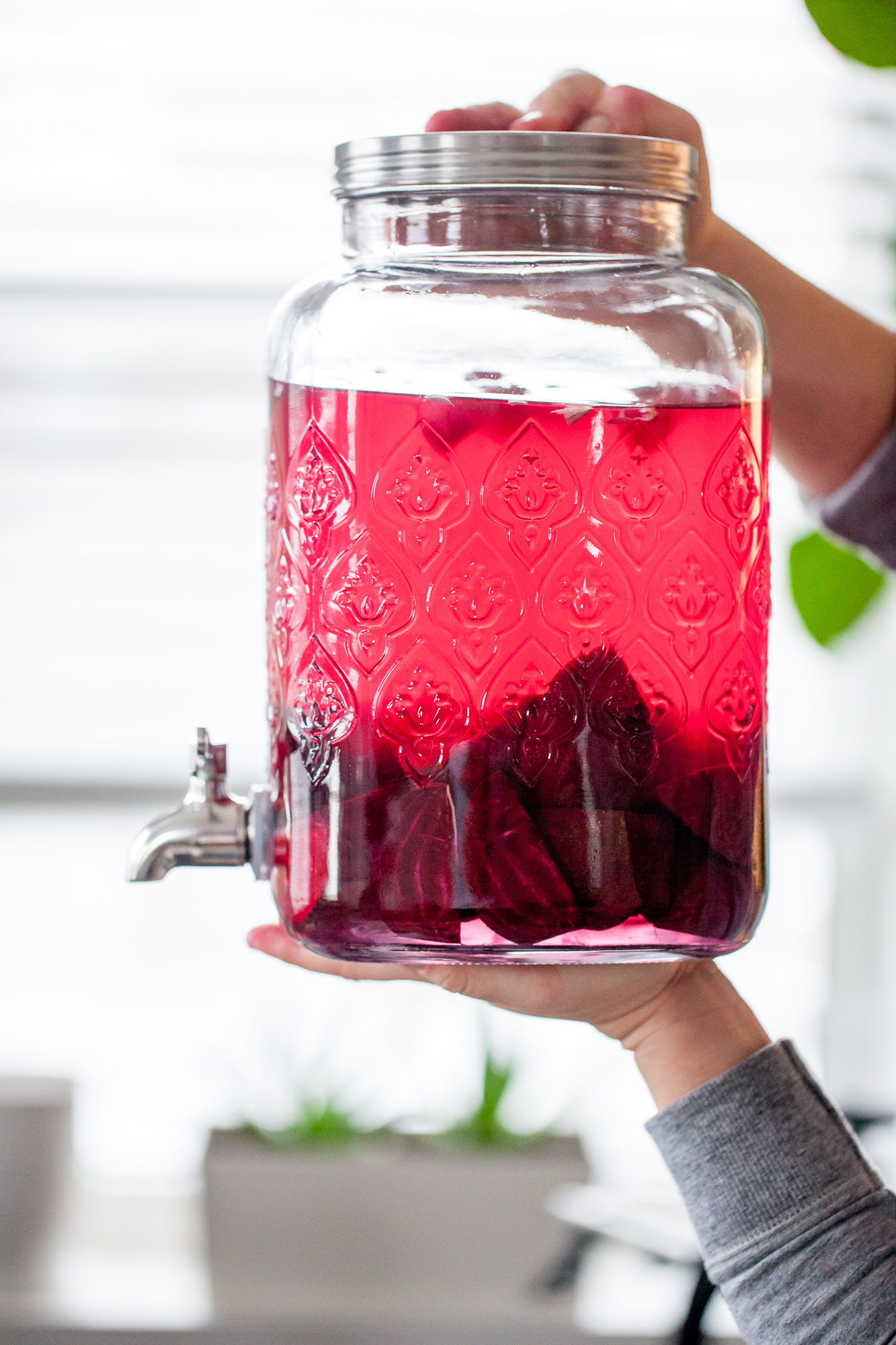Fermented Beets DIY
Beets are one of my favorite vegetables and fermented beets are even better.
Fermented food, I feel it’s still very odd idea in American kitchens, but it’s used in many cultures around the world. For example think, miso soup, sourdough bread, kimchi, yogurt, and of course pickles (sauerkraut and cucumbers in brine the most popular in Easter European kitchen)
Traditionally prepared, pickled beets are not seasoned with vinegar and sugar, but, rather, they acquired their sour flavor through process of fermentation. Through fermentation beneficial bacteria consume the sugar naturally present in food, they produce lactic and acetic acid which preserves the beets for long-term storage. As an adjunct benefit, those same bacteria also produce vitamins, particularly folate and vitamin K2, and help to populate the gut with microbes that can boost the immune system. Traditionally, beet Fermented juice/water has been used to boost immune function, cleanse blood, combat fatigue and treat kidney stones, chemical sensitivities, allergies and digestive problems.
I like to sprinkle a few chopped beets over a salad, or just eat a small bowl. I also like to put them out as part of a tapas spread. The most I like is to drink this cold water from fermented beets. Did I mention we use it for beet soup too?
Lacto-Fermented Pickled Beets (small portion quart-sized mason jar, we did in 1.5 gallon jar):
2 Fresh beets (organic best), washed well and peeled if needed
2-3 cloves of garlic, roughly chopped
Sea salt (no iodized salt)
Water (spring water, nor chlorine from the tap water
Optional Seasonings: mustard seeds, coriander seeds, fennel seeds
1. Chop Beets
2. Put the beets and garlic in the jar together with 1/2 spoon of slat
3. Fill with the beets with water and make sure to cover the beets. Cover with a lid, but do not tighten the lid all the way down (leave some “give” for any fermenting gases to escape) or affix a paper towel with a rubber band to keep dust and fruit flies out.
4. Let sit on the counter for 3-10 days (depends how warm it is). If there is any white stuff floating, take it away. with the spoon. Try the water after a couple a days. It should be salty and sour. Once you like the intensity of fermentation move to the refrigerator. It can sit for weeks there. Enjoy!
